Variegated Plants For Gardens: Tips On Using Plants With Variegated Foliage
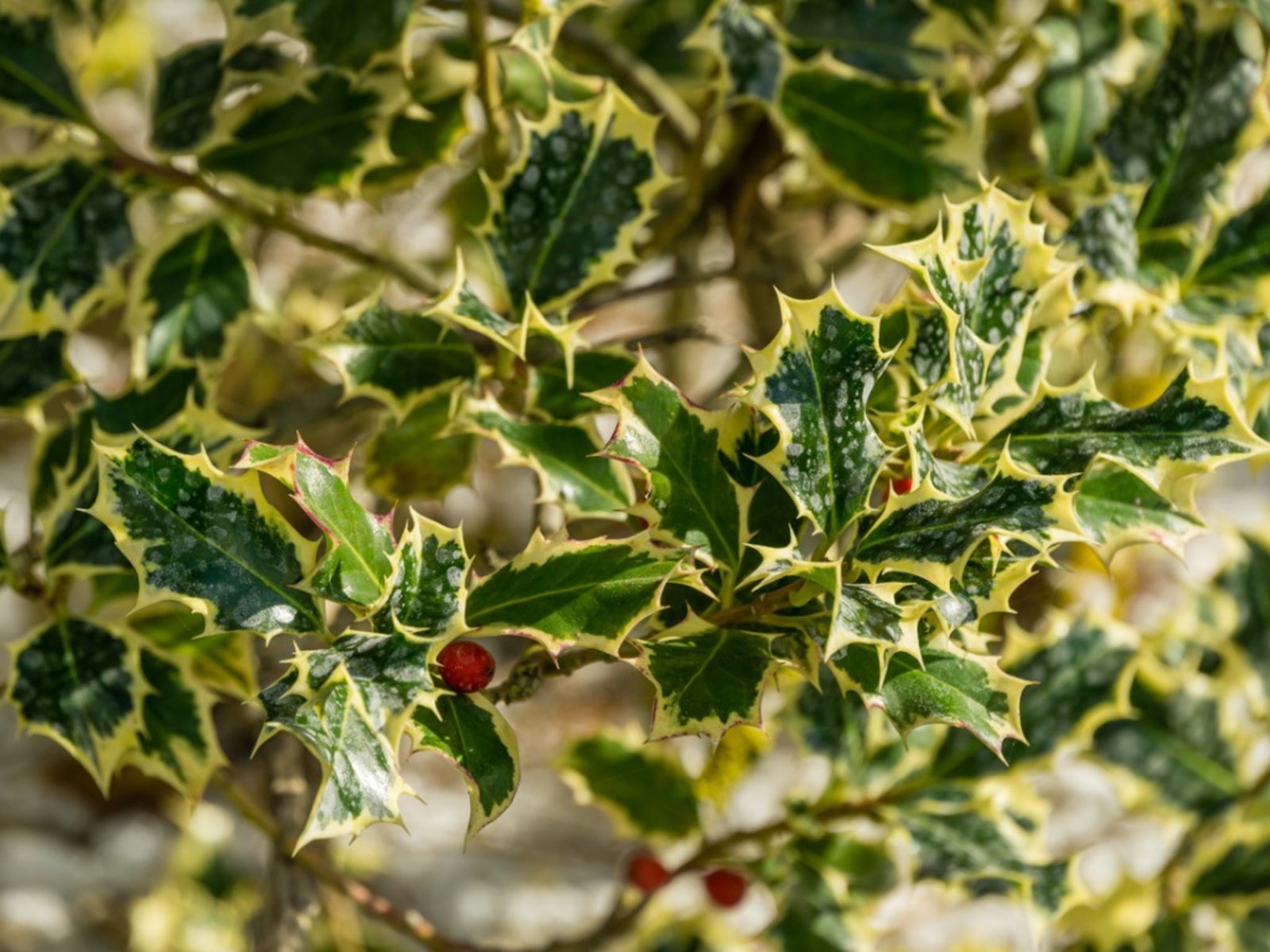

Plant foliage is often one of the biggest attractions in the landscape. Seasonal color changes, different shapes, dramatic hues and even variegated leaves add drama and contrast. Variegated plants for gardens may be a natural mutation or engineered. It can often be difficult to keep your striped, stippled or mottled plant buddy bearing its variegation but there are a few tips to keep plants looking their best and wearing their stripes of honor proudly.
What Does Plant Variation Mean?
Variegated plants for gardens add a unique and unexpected touch to gardens populated by standard green foliage. What does plant variegation mean? It is the result of a mutated leaf cell and can be inherited or random. Gardening with variegated plants offers a host of interesting opportunities to accent and brighten regular foliage as well as provide a unique foil for flowering specimens. The result is a glorious cacophony of texture, hues and tones. Variegation is produced when the plant cells lack pigment. It is usually a random mutation but can be propagated by using parent tissue. White coloring indicates the lack of chloroplasts, which help in photosynthesis by turning solar energy in to plant carbohydrates. This means variegated plants tend to grow more slowly than their counterparts. The effect may exhibit as wide light patches, stripes, dots and irregular patches. Few plants with variegated foliage occur in nature. The majority are propagated in greenhouses as the later generation of a random sport with variegated leaves. Variegated plants for gardens come in a wide range of forms, both annual and perennial, flowering or simply bushy.
Types of Variegated Plants
Most nurseries and garden centers carry at least some plants with variegated foliage. There are even rhizomous plants, such as the variegated iris, which are early spring arrivals with striped sword-like leaves or the sunset colors of Canna 'Sunburst'. Sweet little bushes with white and gold stippling are entrancing when woven into the landscape along with standard foliage forms. Try gardening with variegated plants like:
- Mock Orange
- 'Kumson' forsythia
- Aucuba
- Brunnera 'Alexander's Great'
Many succulents sport variegation, especially Agave. Hostas are foliage plants of renown and come in a range of variegated forms as do the Arums. Wild and native plants, such as Trillium and Epimedium, add a woodland charm to any garden. Other examples of this exciting foliage include:
How to Garden with Variegated Plants
With all the types of variegated plants, it may be difficult to figure out how and where to use them. Some forms will lose their variegation if in too much or too little sun. Use shade lovers like Jacob's Ladder or variegated creeping sedge in low light areas where they will keep their markings. The new growth may also revert to standard green after a season or two. Cut back the new green growth to below a growth node and variegated material should regenerate. Place variegated plants as accents, not a focal point, of the entire bed. They pop out best when against a contrasting background and with brightly colored accent plants. For an elegant look, use the white and green foliage paired with white flowering plants. They will complement each other and form an area of peaceful monochromatic lushness. Keep plants in tip-top condition with excellent cultural care and correct siting. As a rule, plants with lots of white or yellow in the leaf need more sun. Even plants in shade need some light for at least 4 hours per day to produce photosynthetic energy for good health.
Gardening tips, videos, info and more delivered right to your inbox!
Sign up for the Gardening Know How newsletter today and receive a free copy of our e-book "How to Grow Delicious Tomatoes".

Bonnie Grant is a professional landscaper with a Certification in Urban Gardening. She has been gardening and writing for 15 years. A former professional chef, she has a passion for edible landscaping.
-
 Looking For Plants To Give You The Soft And Fuzzies? Try These 5 Fuzzy Leaf Plant Options
Looking For Plants To Give You The Soft And Fuzzies? Try These 5 Fuzzy Leaf Plant OptionsLovers of texture, drama, silver foliage and tactile plants will adore these special sensory garden additions. These fuzzy leaf plant options will leave you all aglow
By Susan Albert
-
 Get Ready For A Summer Of Hummers! Grow These Full Sun Hummingbird Plants and Flowers
Get Ready For A Summer Of Hummers! Grow These Full Sun Hummingbird Plants and FlowersIf you’re lucky enough to enjoy a sunny backyard, make sure you are maxing out on your pollinator opportunities and grow these full sun hummingbird plants and flowers
By Tonya Barnett
-
 Best Plants For Evergreen Hedges
Best Plants For Evergreen HedgesEvergreens make the perfect hedge for screening, and there are so many to choose from. Read on to learn all about them.
By Amy Grant
-
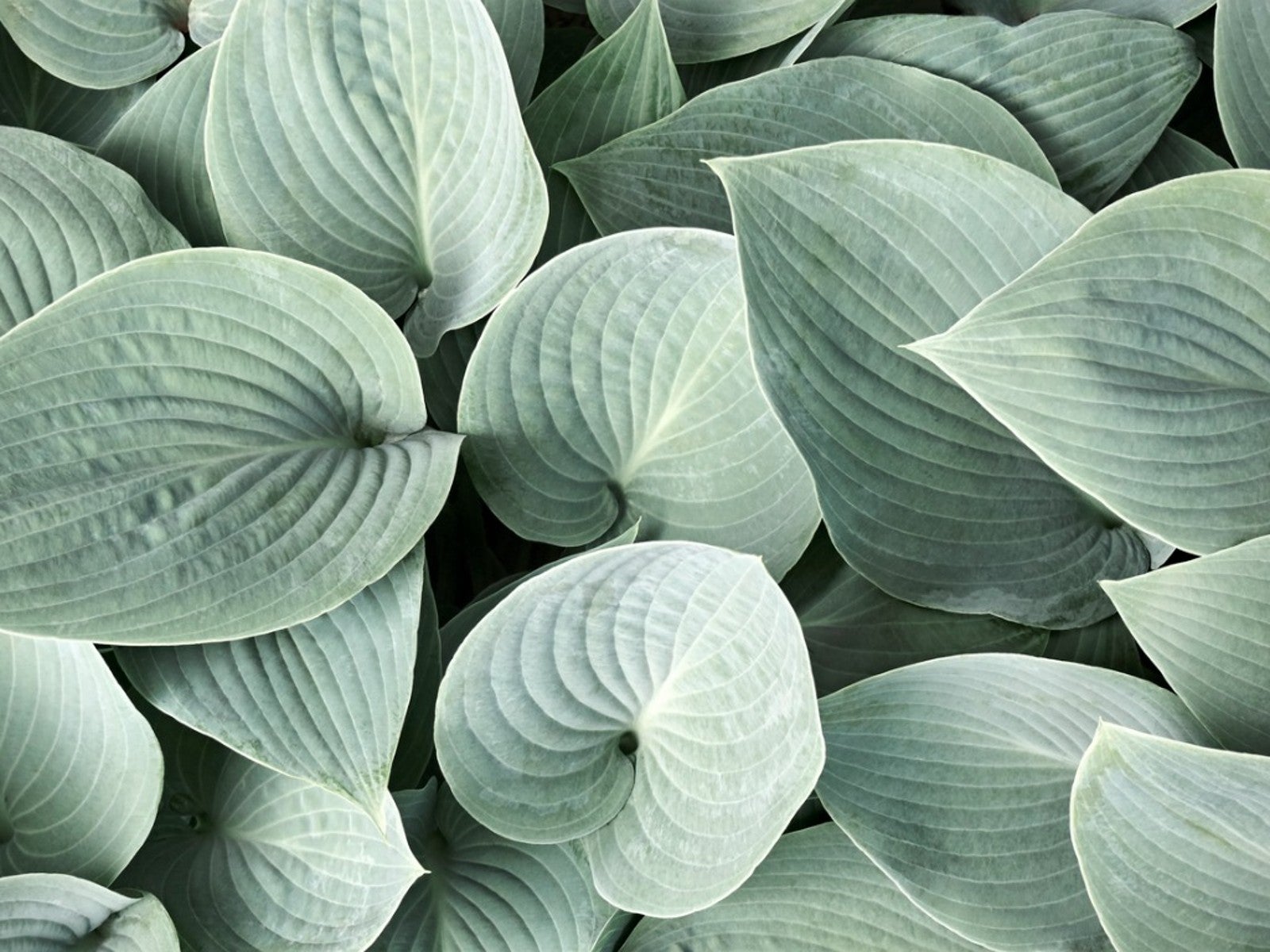 Creating A Pastel Plant Aesthetic With Light Colored Foliage
Creating A Pastel Plant Aesthetic With Light Colored FoliageClick here for ideas on plants with pastel colored foliage.
By Susan Albert
-
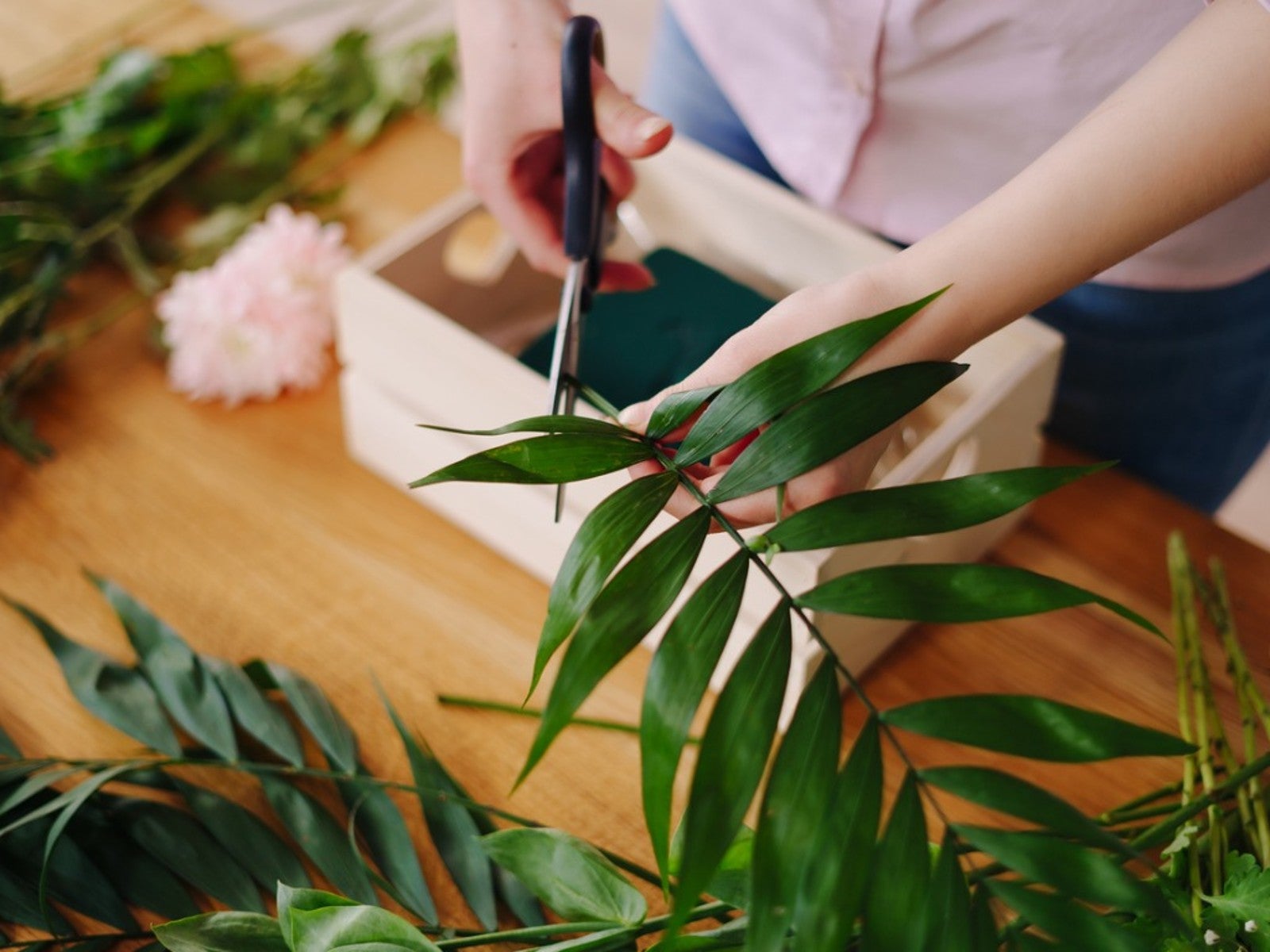 Dark Green Foliage For Flower Arrangements
Dark Green Foliage For Flower ArrangementsThe creation of your own fresh flower arrangement is a fun and exciting garden project. Click here to learn about common foliage options for flower arrangements.
By Tonya Barnett
-
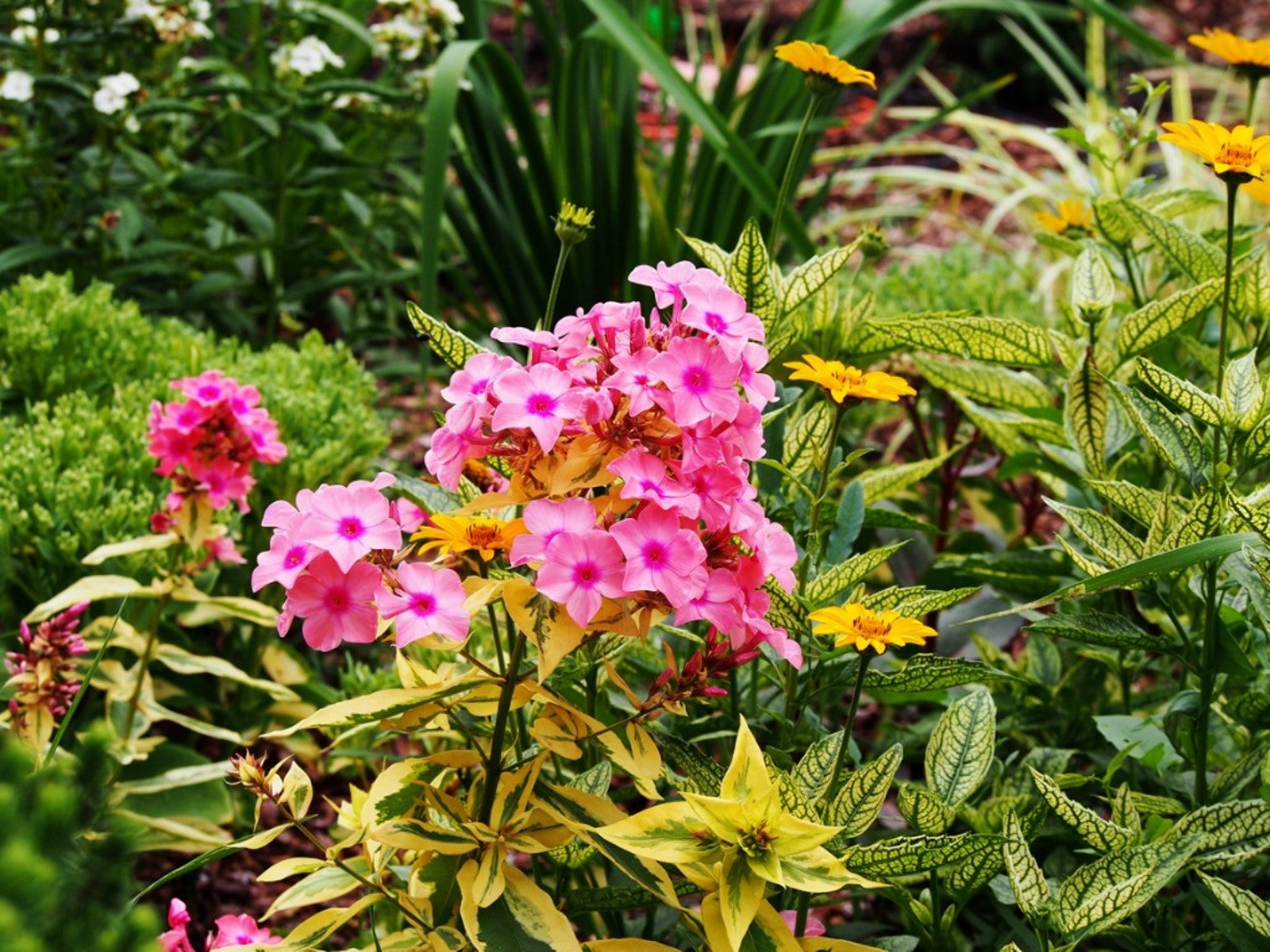 Fabulous Flowering Plants With Variegated Leaves
Fabulous Flowering Plants With Variegated LeavesGardeners often choose variegated leaves when they don't have flowers. But why not have both? These variegated flowering plants do.
By Mary Ellen Ellis
-
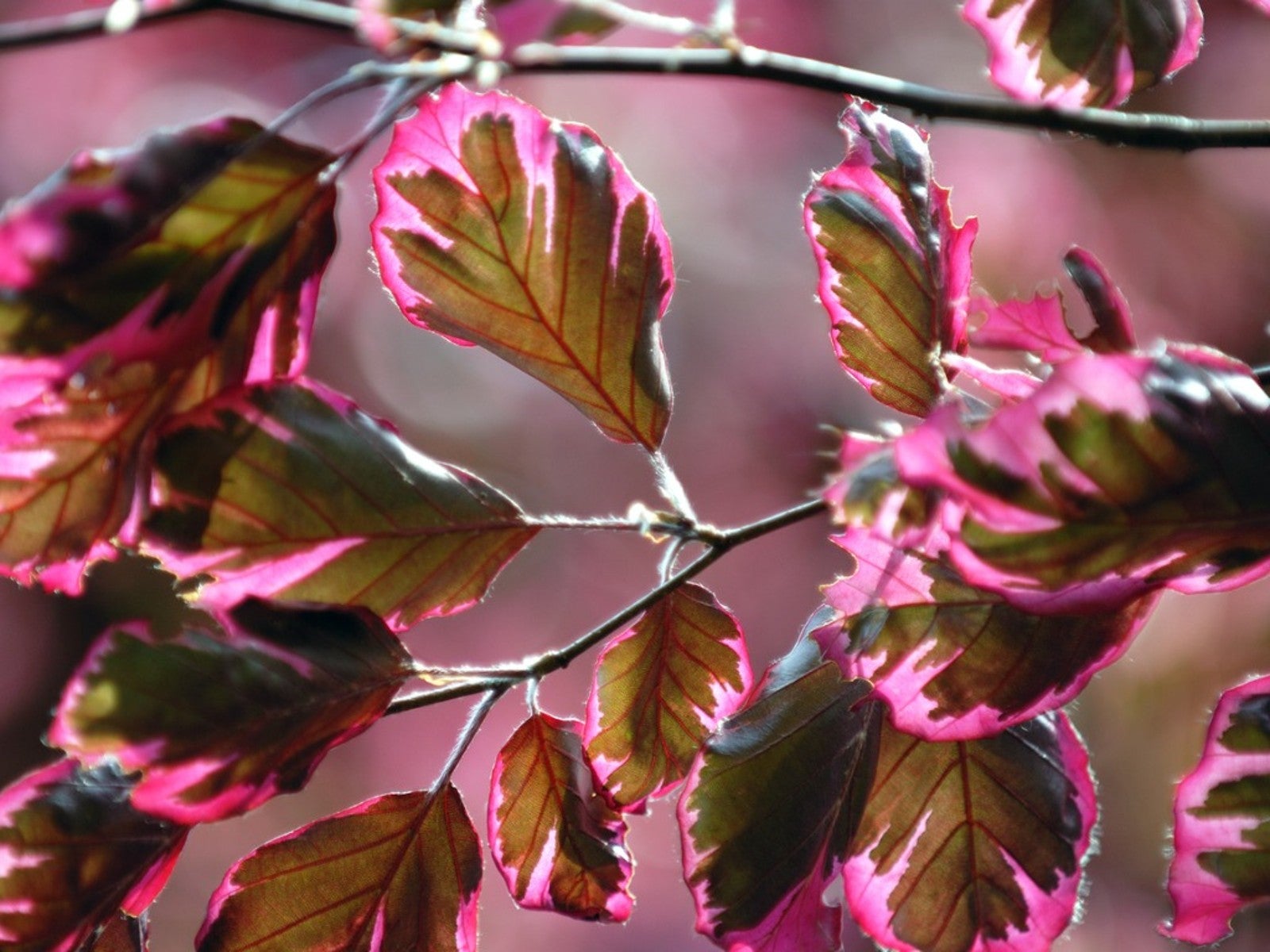 5 Unique Pink Plants - Outdoor Plants With Pink Foliage For The Garden
5 Unique Pink Plants - Outdoor Plants With Pink Foliage For The GardenPink foliage plants are truly unique. They add unexpected, eye-catching color to landscaping and beds. If you’re looking for a plant that has princess-pink leaves, green with pink variegation, or deep rose hues, these five examples will do the trick.
By Mary Ellen Ellis
-
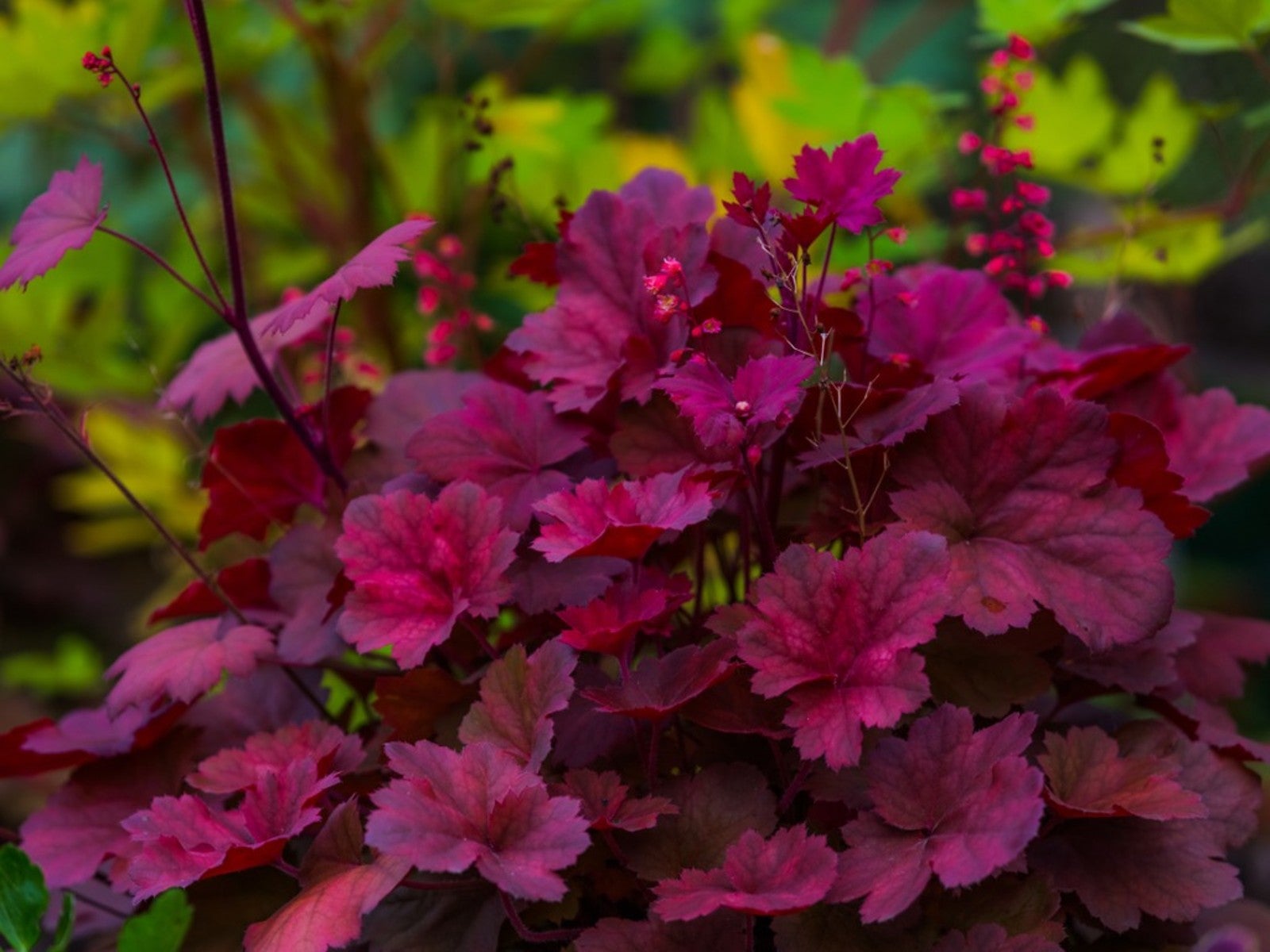 Add A Pop Of Red To Your Garden Bed - 5 Plants With Fabulous Red Foliage
Add A Pop Of Red To Your Garden Bed - 5 Plants With Fabulous Red FoliageThere are plenty of red foliage perennials and shrubs to use as accents or primary pops of color in the garden. Read on for our top 5.
By Amy Grant
-
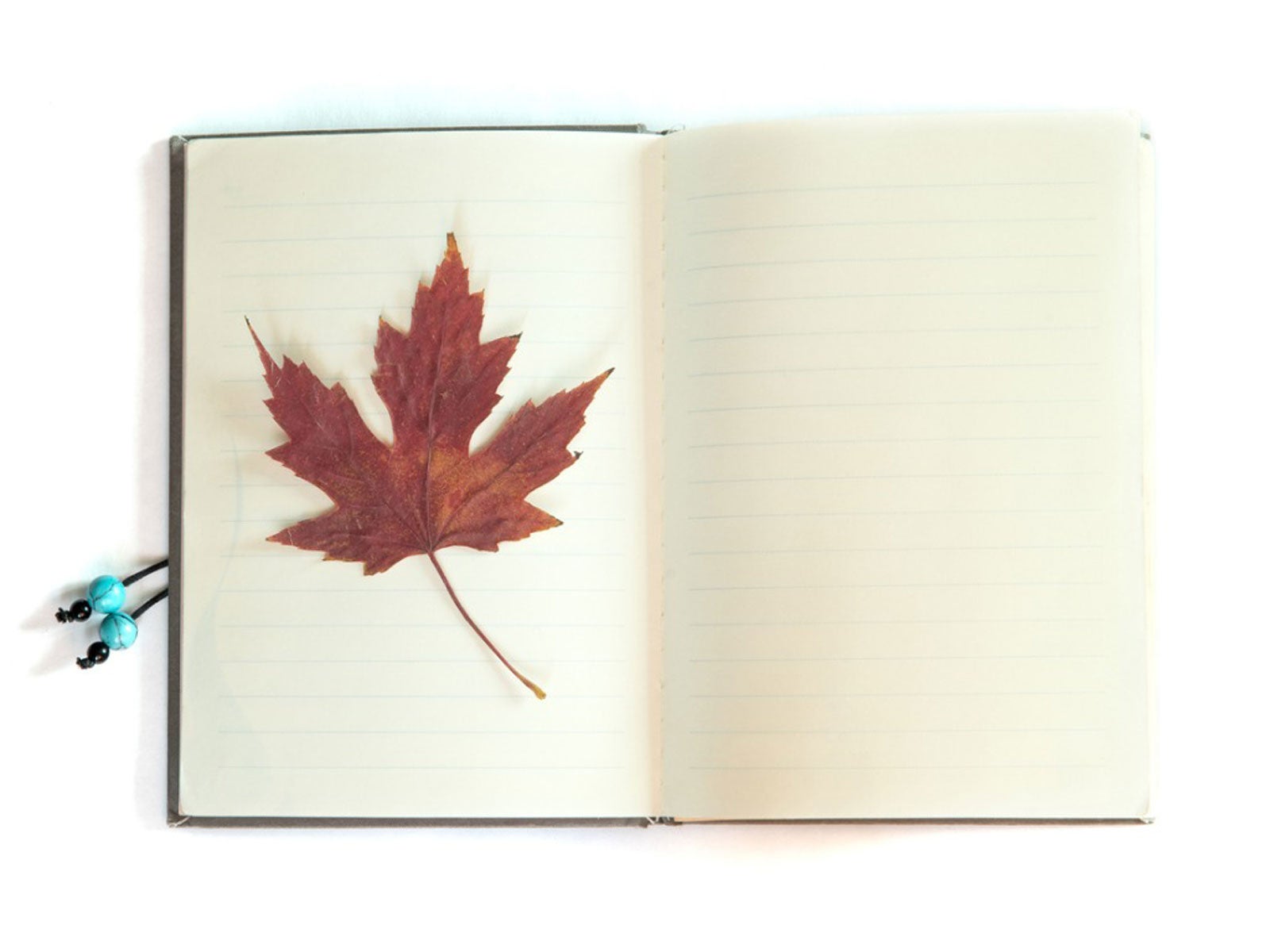 Can You Press Fall Leaves: Methods For Pressing Autumn Leaves
Can You Press Fall Leaves: Methods For Pressing Autumn LeavesPreserving leaves is an old pastime and art. Pressing flowers is more common, but to create spectacular fall displays, try leaves. Get started here.
By Mary Ellen Ellis
-
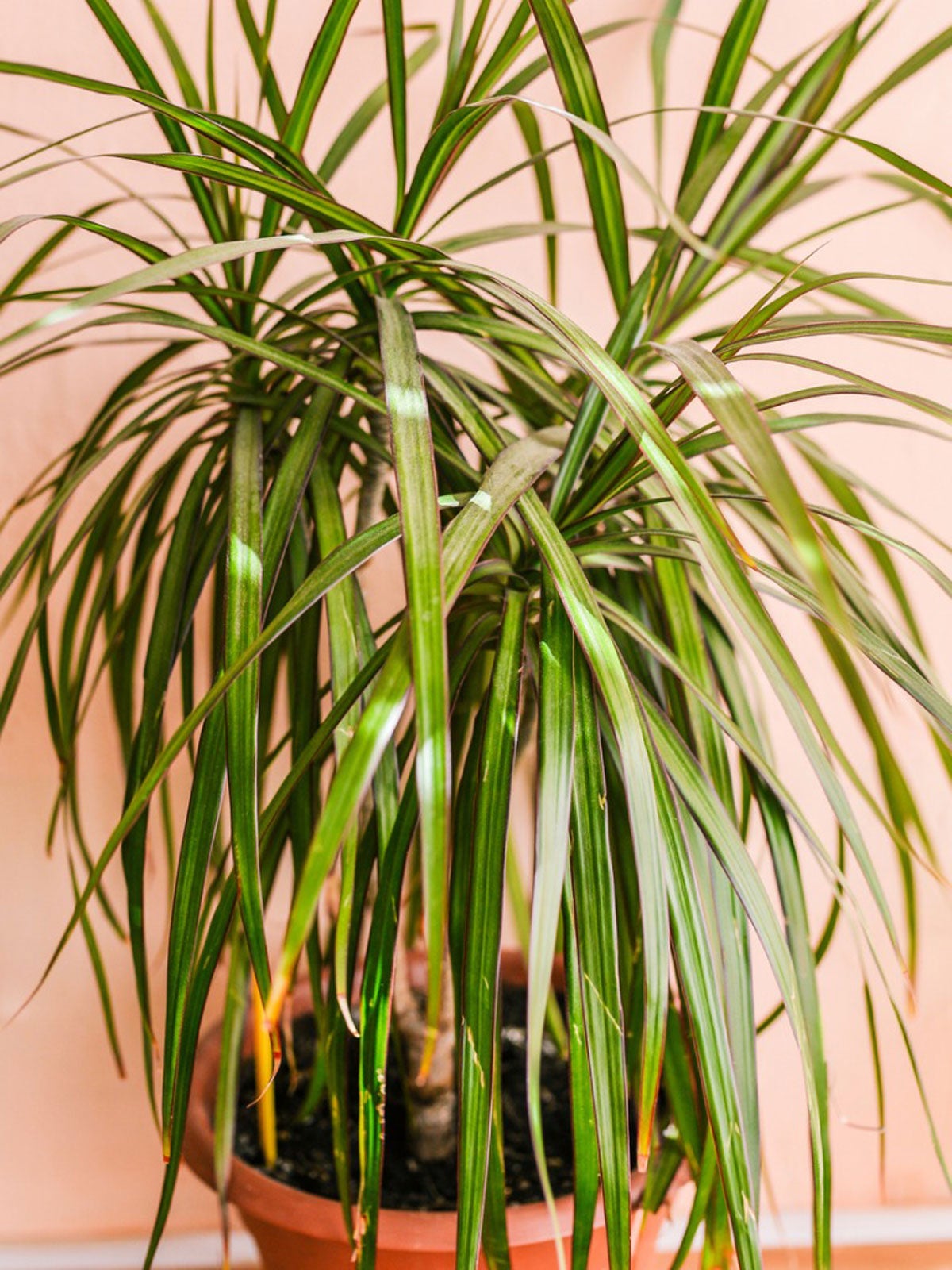 What Leaves Are Narrow: Learn About Plants With Long, Thin Leaves
What Leaves Are Narrow: Learn About Plants With Long, Thin LeavesIf you’ve ever wondered why some plants have thick, fat leaves and some have leaves that are long and thin, you’re not alone. Scientists have asked these very same questions. So what plant leaves are narrow and what purpose do skinny leaves on plants have? Find out here.
By Amy Grant